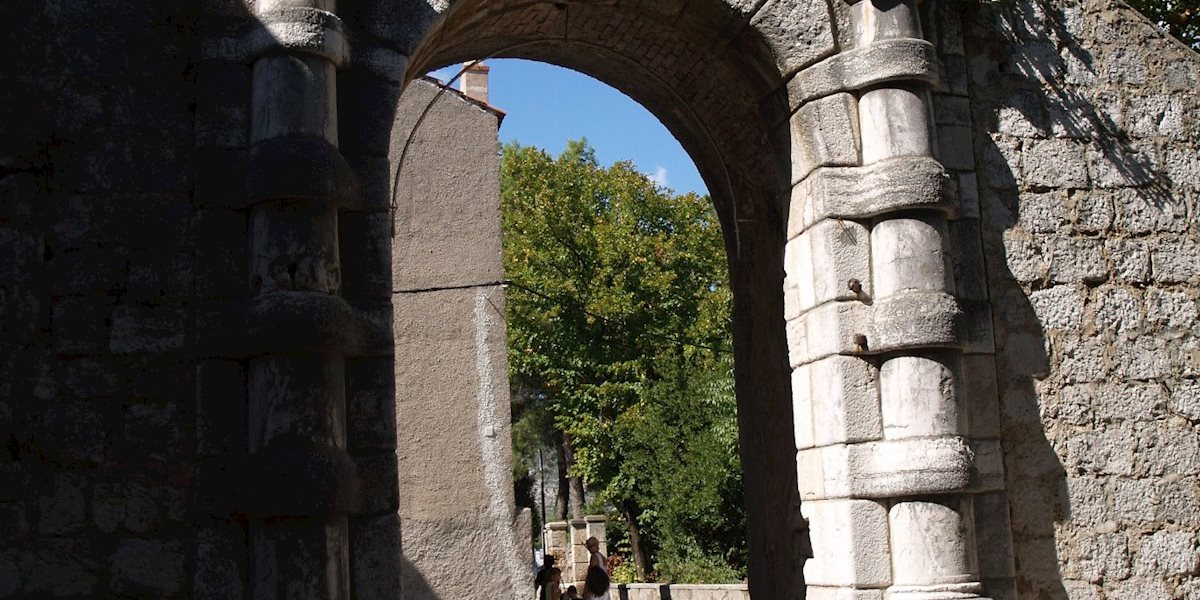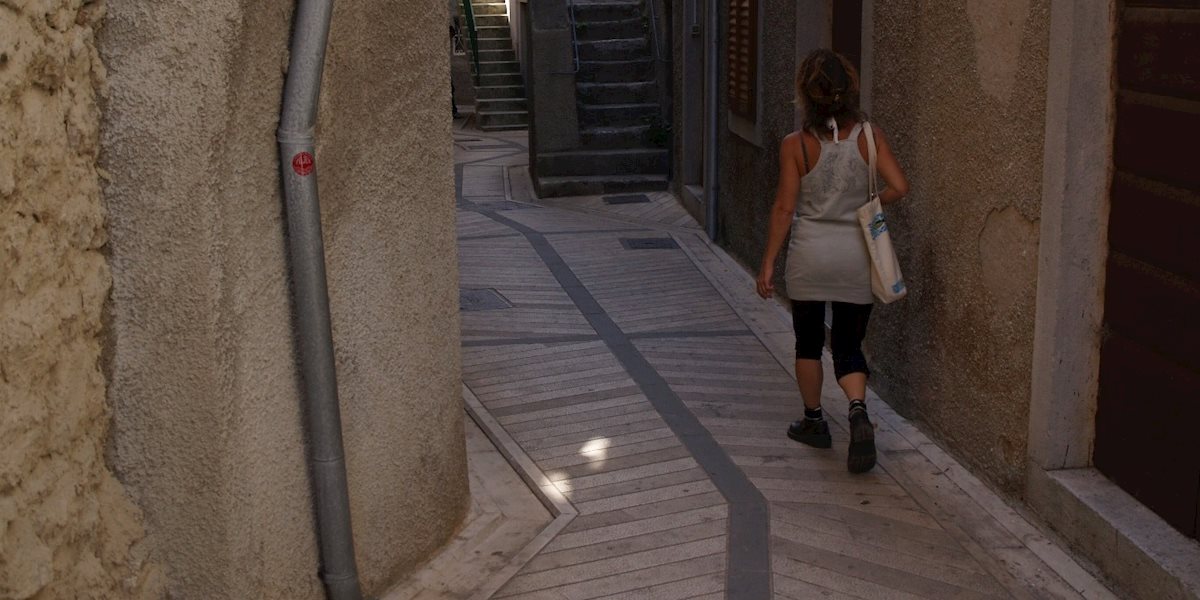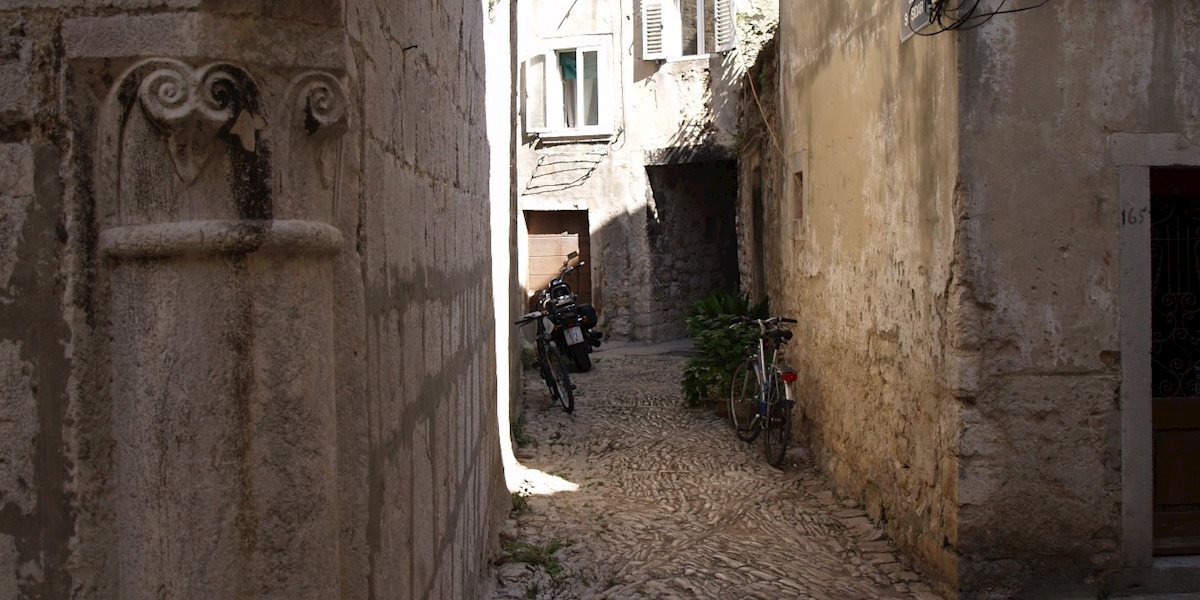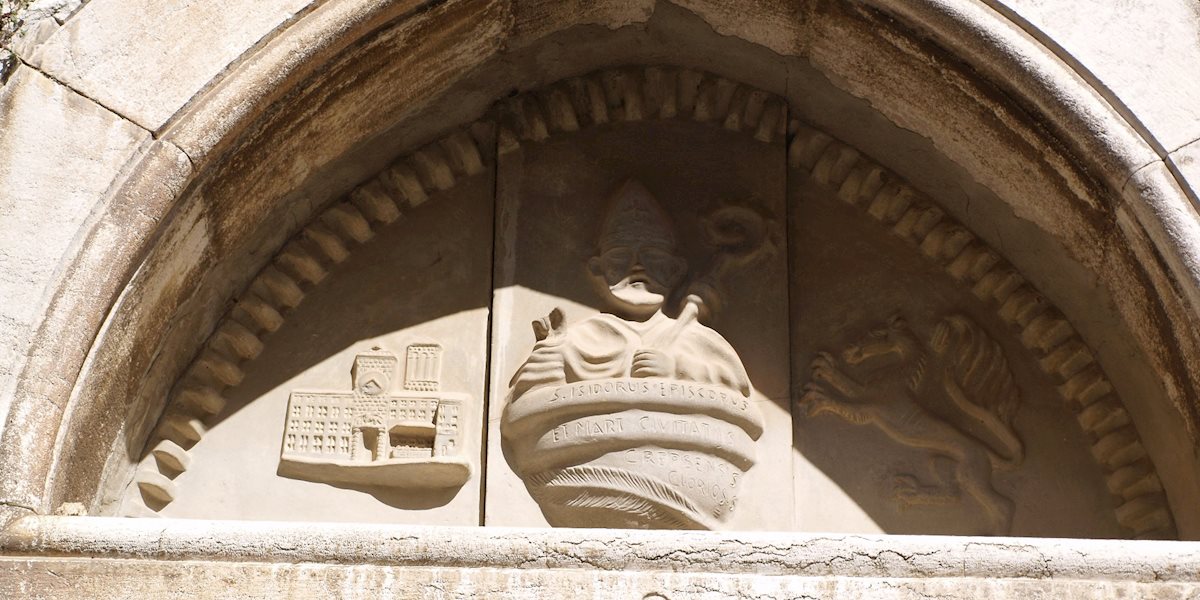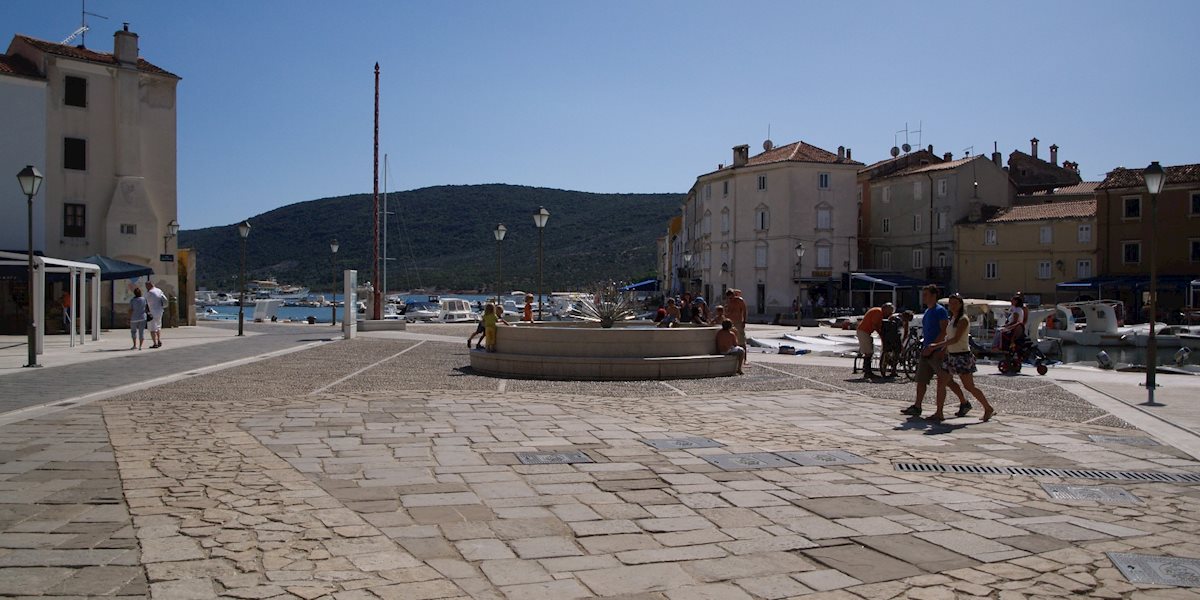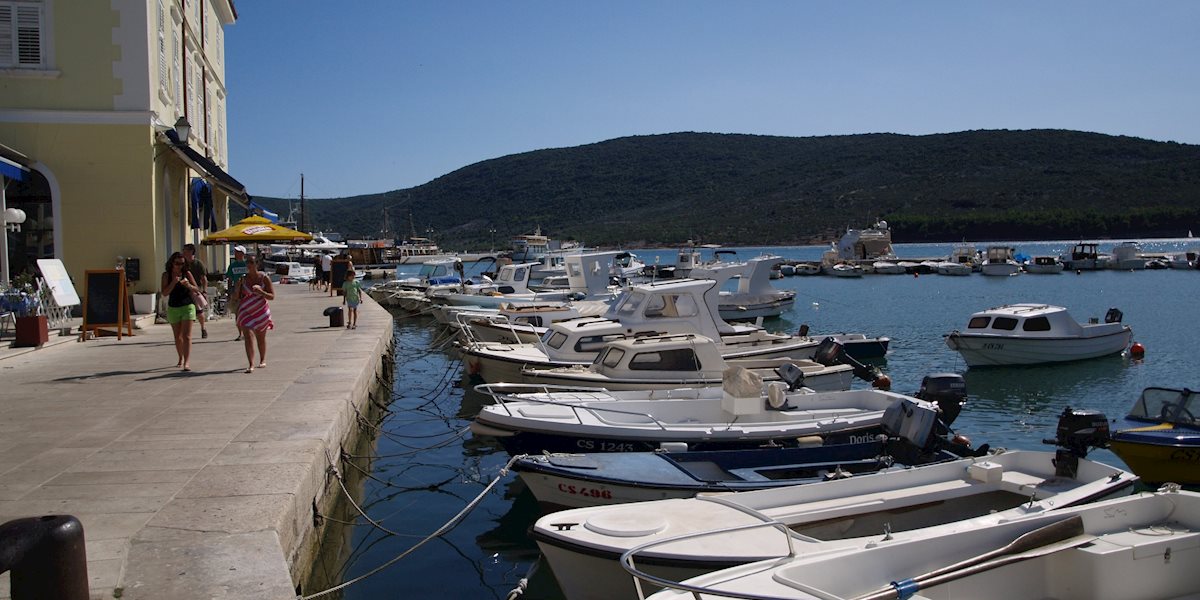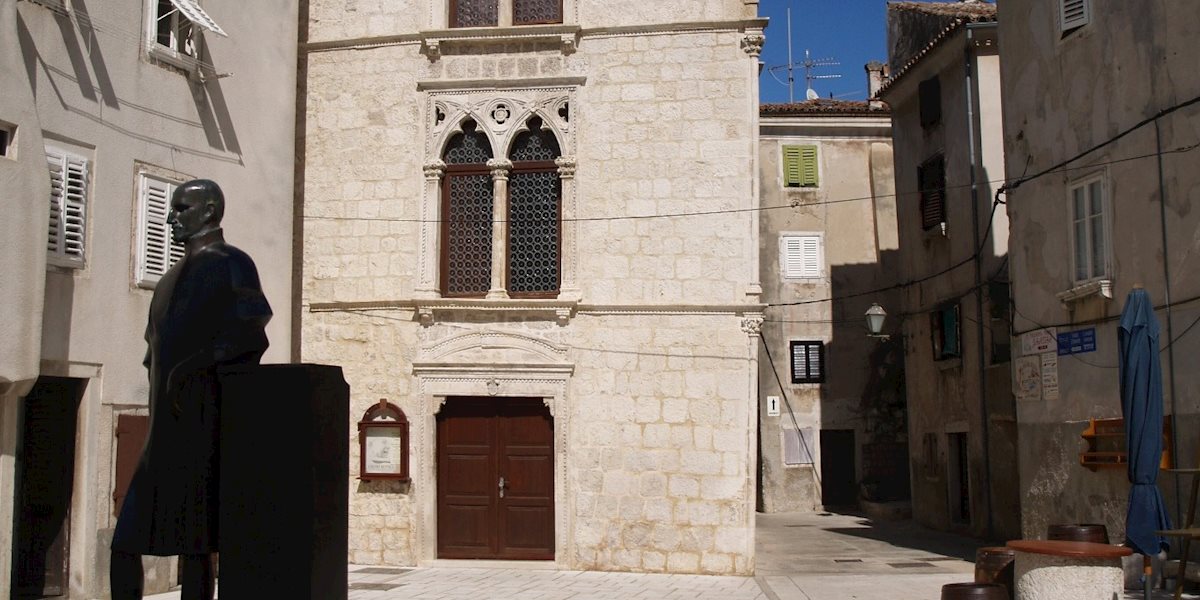Cres
Excellent microclimatic conditions, intact nature and the sea, with almost the entire coast being a
beach, excellent visitor and tourist opportunities - accommodation (hotels, apartments, campsites), island atmosphere (night excursions, secluded beaches on an island in front of Cres), domestic ambience (wholesome food - fruit, vegetables, medicinal brandies) - reflect a high level of tourist service and a joyful harmony.
There are many opportunities for those who are keen on sports and recreational activities. Very interesting is the diving school with a long tradition, which offers programs on all levels, from beginners to professionals, but also tennis, miniature golf, table tennis and sea water sports - yachting, windsurfing, underwater fishing. Renting of boats and yachts is also possible.
Traditionally, Cres is the host of a famous regatta event - Cres Cup. Once a week there is a cultural and entertaining program. Regular events include the Reception of Old Ships (2nd/3rd of July), end of tourist season (31st of August), exhibitions entitled Cres, moj skoj (Cres, the Reef of Mine), Creske crkvice (Churches of Cres), and the famous Lubenice Music Nights. In the vicinity of Cres is the village of Orlec (12 km), the natural habitat of white-headed vulture. A special attraction is watching of these rare birds in flight. Cres ACI Marina has 460 berths in the sea and 200 places on the land.
Cres, a town on the western coast of the island of Cres, in the northern part of a well protected bay. Northern and north-eastern sides of the bay of the same name gently descend toward the sea. At their foot are fertile fields with olive-groves. Chief occupations include farming, vegetable growing (especially after the construction of waterworks from Vransko Lake), viniculture, fishing and tourism. The geographical location, climatic conditions, ferry lines with the mainland and beautiful beaches foster development of tourism. Cres is located on the island road Mali Losinj - Porozina.
Heritage
In Roman times it was known as res publica Crepsa. During the Middle Ages a settlement was organized on the eastern side of the bay, within the walls; in 1332 it got its Statutes, and from 1459 it was the seat of the Venetian administration for the islands of Cres and Losinj, which had earlier been located in Osor. In the 16th century, Venice built a new, partly preserved town wall. In the harbour, where most of public buildings and patricians' palaces were erected, the most prominent structures are the town gate with a clock tower (16th c.), and next to it the town loggia (15th/16th c.). Through the town gate one reaches a square with the Gothic-Renaissance church of St. Mary (15th c.) and a campanile (16th c.). The church features a Gothic wooden Pieta from the 15th century; a collection of paintings from the 15th-18th centuries is kept in the parsonage (polyptych St. Sebastian with Saints by Alvise Vivarini). The square in the back part of the harbour continues into a street which on the left-hand side has the Town Hall (16th c.); in its atrium is the Lapidarium - a collection of stone monuments and fragments. A cylindrical tower has been preserved in the north-western part of the town. From the town gate in the harbour in the direction of the pier is the so-called "fontik", i.e. granary (it. fondaco) along the coast (15th c., today a hotel), and on a small square behind the granary the Petris palace (15th c.), built in Venetian Gothic and early Renaissance styles. In a cluster of streets behind the Petris palace is a mediaeval church of St. Isidore (Sidar) with a Romanesque apse and a Gothic portal; the church keeps a wooden sculpture of the church patron (15th c.) and fragments of a Gothic wooden polyptych (15th c.). In the vicinity are the ruins of the Gothic Rodinis palace (15th c.). Outside the town, along the coast, is a Gothic church of St. Mary Magdalene from 1402, a Franciscan monastery with two cloisters and a church from the 14th-15th century (carved choir stalls, exhibits of Gothic plastics, illuminated manuscripts from the 15th c. in the monastery library). Slightly farther is the monastery of Benedictine nuns from the 15th century.
Art, cultural and historical monuments form several collections: in the Museum of Cres (established in 1910), situated in the Gothic Arsan-Petris palace (prehistoric and antique archaeology, interlacery - "pleter" - sculptures, icons, wooden plastics of the 15th c., numismatics), in the Lapidarium - a collection of stone monuments and fragments, especially Roman inscriptions from the northern part of the island, mediaeval epigraphs), in the parsonage (paintings from the 15th-18th c.), in the Franciscan monastery (furniture from the 16th-17th c., Gothic plastics, paintings, incunabula, codices from the 15th c.) and in the monastery of Benedictine nuns (icons, codices from the 15th c.).

